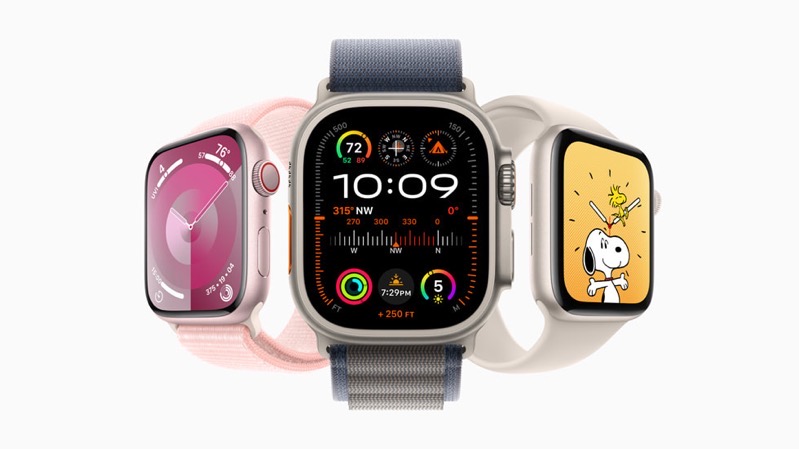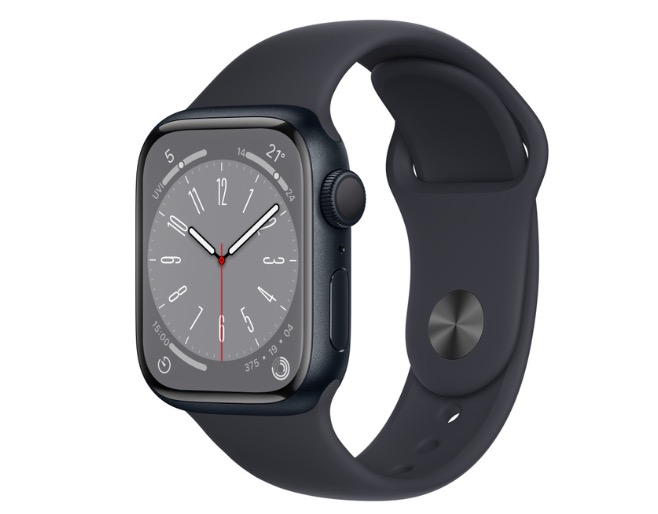
Apple Watch Successfully Used to Predict Pain Scores in Sickle Cell Disease Patients
A team of researchers at Duke University and more have found that the Apple Watch, combined with machine learning algorithms, can predict pain scores in patients with sickle cell disease (SCD) experiencing vaso-occlusive crises (VOCs). The study aimed to determine the feasibility of using the popular wearable device to predict pain scores and assess the effectiveness of machine learning algorithms in this process.
Sickle cell disease is a condition where a person’s red blood cells have an unusual shape. Instead of being round and flexible like a donut, they are shaped like crescent moons or sickles. This can make it difficult for the blood cells to move through the small blood vessels in our body, and they can get stuck or break apart.
When this happens, it can cause pain and other health issues. Sickle cell disease is something people are born with because of a special gene passed down from their parents. Those with sickle cell disease usually need to visit their doctor often to help manage the condition and stay healthy.
The study (via MyHealthyApple) enrolled 20 adult patients with SCD, all of whom identified as Black or African American, and were admitted to the Duke University SCD Day Hospital for VOC treatment between July and September 2021. Participants wore an Apple Watch Series 3 (first released in September 2017) during their visit, with data collected from the device including heart rate, heart rate variability, and calories. Pain scores and vital signs were also collected from the patients’ electronic medical records.
Three machine learning models (multinomial logistic regression, gradient boosting, and random forest) were used to analyze the collected data, along with two null models to assess the accuracy of pain score predictions. The best-performing model was the random forest model, which achieved an accuracy of 84.5%.
The study’s conclusions validate the feasibility of using noninvasive devices like the Apple Watch to predict pain scores during VOCs. This novel approach offers a low-cost method that could potentially benefit both healthcare providers and individuals with SCD in managing their VOC treatment.

